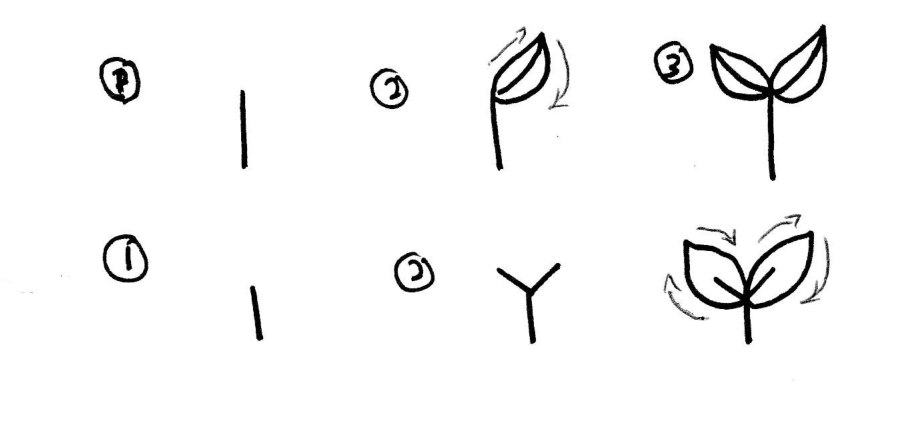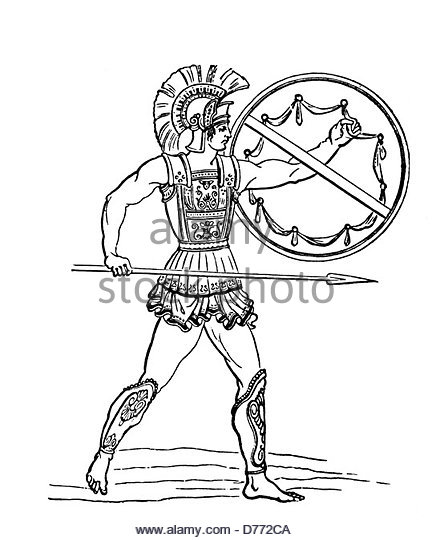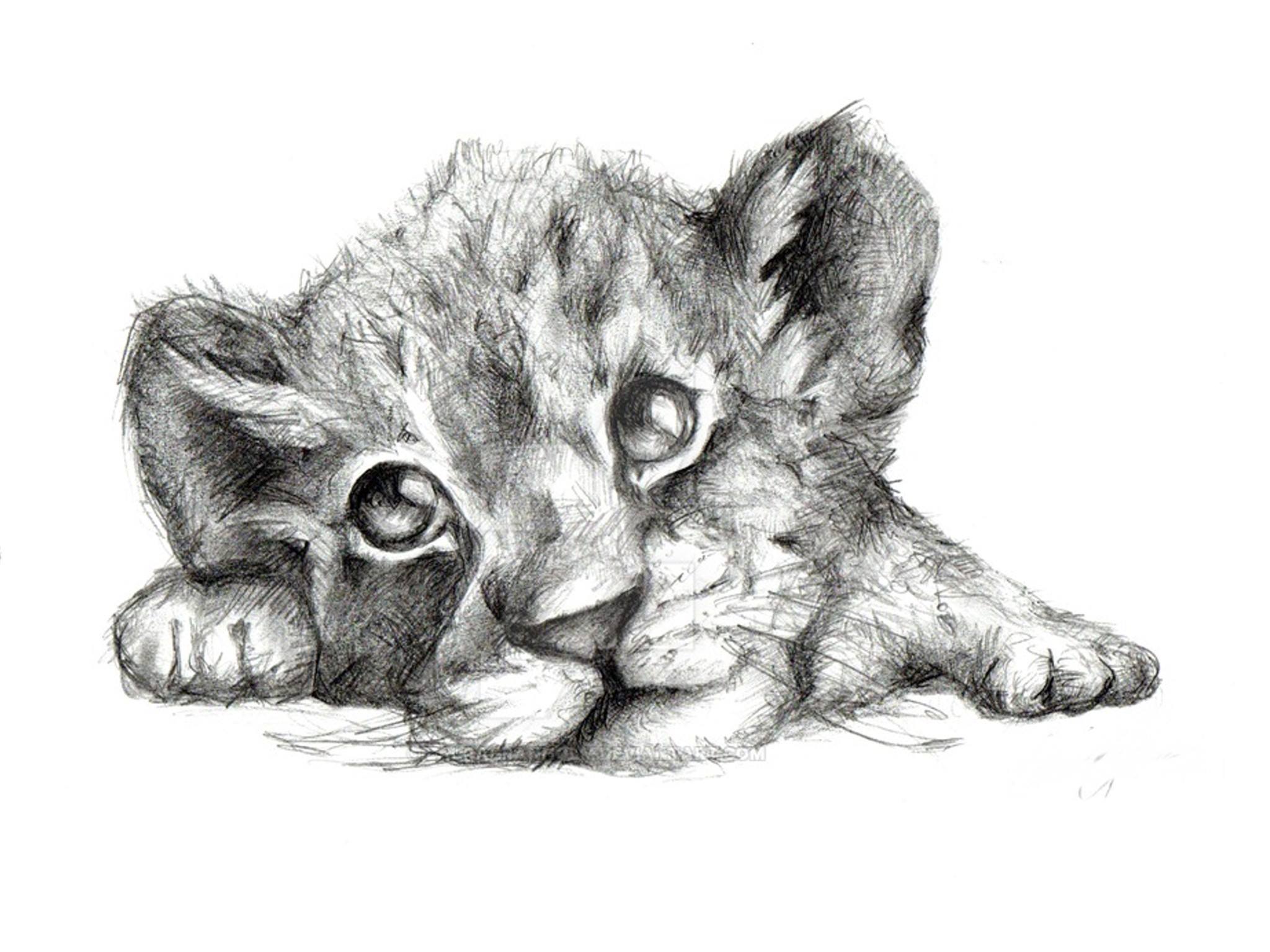30 ways to draw plants leaves
Table of Contents
Table of Contents
If you’re an artist or just someone who enjoys doodling, drawing leaves can be a relaxing and enjoyable pastime. Small leaves, in particular, can be a challenge to draw, but once you master the techniques, the results can be stunning.
Pain Points of Drawing Small Leaves
Many people struggle with drawing small leaves, often finding it difficult to capture the intricate details of the leaves while keeping the overall shape and form intact. Others may find it challenging to create depth and texture in their drawings, resulting in flat, one-dimensional designs.
How to Draw Small Leaves
The key to drawing small leaves is to start with the basic shape and form, then add in details like veins, texture, and shading to create depth and dimension. Here’s a step-by-step guide to help you get started:
1. Start by sketching the basic shape of the leaf. For small leaves, the shape is often more circular or oval.
 2. Add in the veins of the leaf, starting from the base of the leaf and working outwards. Use light, feathery strokes to mimic the natural look of the leaf.
2. Add in the veins of the leaf, starting from the base of the leaf and working outwards. Use light, feathery strokes to mimic the natural look of the leaf.
 3. Next, add in texture to the leaf by creating tiny lines or dots on the surface of the leaf. Vary the pressure and thickness of the lines to create a more natural look.
3. Next, add in texture to the leaf by creating tiny lines or dots on the surface of the leaf. Vary the pressure and thickness of the lines to create a more natural look.
 4. Finally, add shading and depth to the leaf by using darker colors and deeper lines in areas where the leaf would naturally have folds or curves. Use lighter colors and softer lines in areas where the leaf would be more exposed to light.
4. Finally, add shading and depth to the leaf by using darker colors and deeper lines in areas where the leaf would naturally have folds or curves. Use lighter colors and softer lines in areas where the leaf would be more exposed to light.
Summary of How to Draw Small Leaves
In summary, drawing small leaves requires a focus on basic shape and form, careful attention to detail, and a commitment to adding depth and texture to the design. By following these steps, you can create beautiful and realistic small leaves that can be used in a variety of art projects.
Personal Experience Drawing Small Leaves
As an artist, I’ve always loved drawing small leaves. There’s something about the delicacy and intricacy of the design that makes it a fun challenge to tackle. When I first started drawing small leaves, I struggled with getting the basic shape and form right. However, with practice and patience, I was able to refine my technique and create more detailed and realistic designs.
Once I had the basic shape and form down, I focused on adding texture and depth to my designs. I experimented with different drawing techniques and materials, including pencils, markers, and watercolors. Over time, I discovered that using a combination of pencils and markers helped me achieve the look I was going for.
Creating Realistic Leaves
To create truly lifelike and realistic small leaves, it’s important to pay attention to the small details, like the shape of the veins or the way the light hits the surface of the leaf. Adding texture and depth can also make a big difference in the final design. By practicing and experimenting with different techniques and materials, you can create small leaves that are both beautiful and true-to-life.
Adding Depth and Texture to Small Leaves
To add depth and texture to small leaves, try using crosshatching or stippling techniques. Crosshatching involves creating a series of intersecting lines to mimic the look of shadows and highlights. Stippling involves creating dots of varying size and density to create a textured effect. Both techniques can be used to add depth and dimension to your designs.
Using Color to Create Realistic Small Leaves
Using color can also make a big difference in the final look of your small leaves. Try using a variety of shades and tints to create subtle variations in color, and use darker colors to add depth and shading to the design. By experimenting with different color palettes and combinations, you can create small leaves that are vibrant and realistic.
Question and Answer
Q. What materials do I need to draw small leaves?
A. You can draw small leaves using a variety of materials, including pencils, markers, watercolors, or colored pencils. Experiment with different materials to find the ones that work best for you.
Q. Should I sketch my design before adding details?
A. Yes, it’s always a good idea to sketch out the basic shape and form of the leaf before adding in details like veins and texture. This will help you keep the shape and proportion of the leaf intact.
Q. How do I create a lifelike texture on my small leaves?
A. Try using crosshatching or stippling techniques to create a textured effect on your small leaves. Varying the pressure and density of your strokes can also help create a more natural look.
Q. How do I add depth and shading to my small leaves?
A. Use darker colors and deeper lines in areas where the leaf would naturally have folds or curves. Use lighter colors and softer lines in areas where the leaf would be more exposed to light. By playing with shadow and light, you can create a more three-dimensional look to your small leaves.
Conclusion of How to Draw Small Leaves
Mastering the art of drawing small leaves can take time and practice, but with a little patience and attention to detail, anyone can achieve beautiful and realistic designs. Whether you’re an experienced artist or just starting out, drawing small leaves can be a fun and rewarding way to express your creativity and hone your skills.
Gallery
Leaf Drawing Step By Step Tutorial, 10 Easy Doodle Ideas! - Smiling Colors

Photo Credit by: bing.com / leafs smilingcolors doodling start realistic shading freestyledrawing siterubix
6 Easy How To Draw A Leaf Tutorials With Leaf Drawing Video And

Photo Credit by: bing.com / artprojectsforkids scarecrow positions
30 Ways To Draw Plants & Leaves | Leaf Drawing, Botanical Drawings

Photo Credit by: bing.com /
How To Draw Leaves: 21 Best Tutorials For Beginners - Craftsonfire

Photo Credit by: bing.com / leaves draw leaf craftsonfire beginners tutorials two smaller below version but
Leaf Drawing Step By Step Tutorial, Start Doodling Today!

Photo Credit by: bing.com / leaves line doodling smilingcolors vein artykuł





